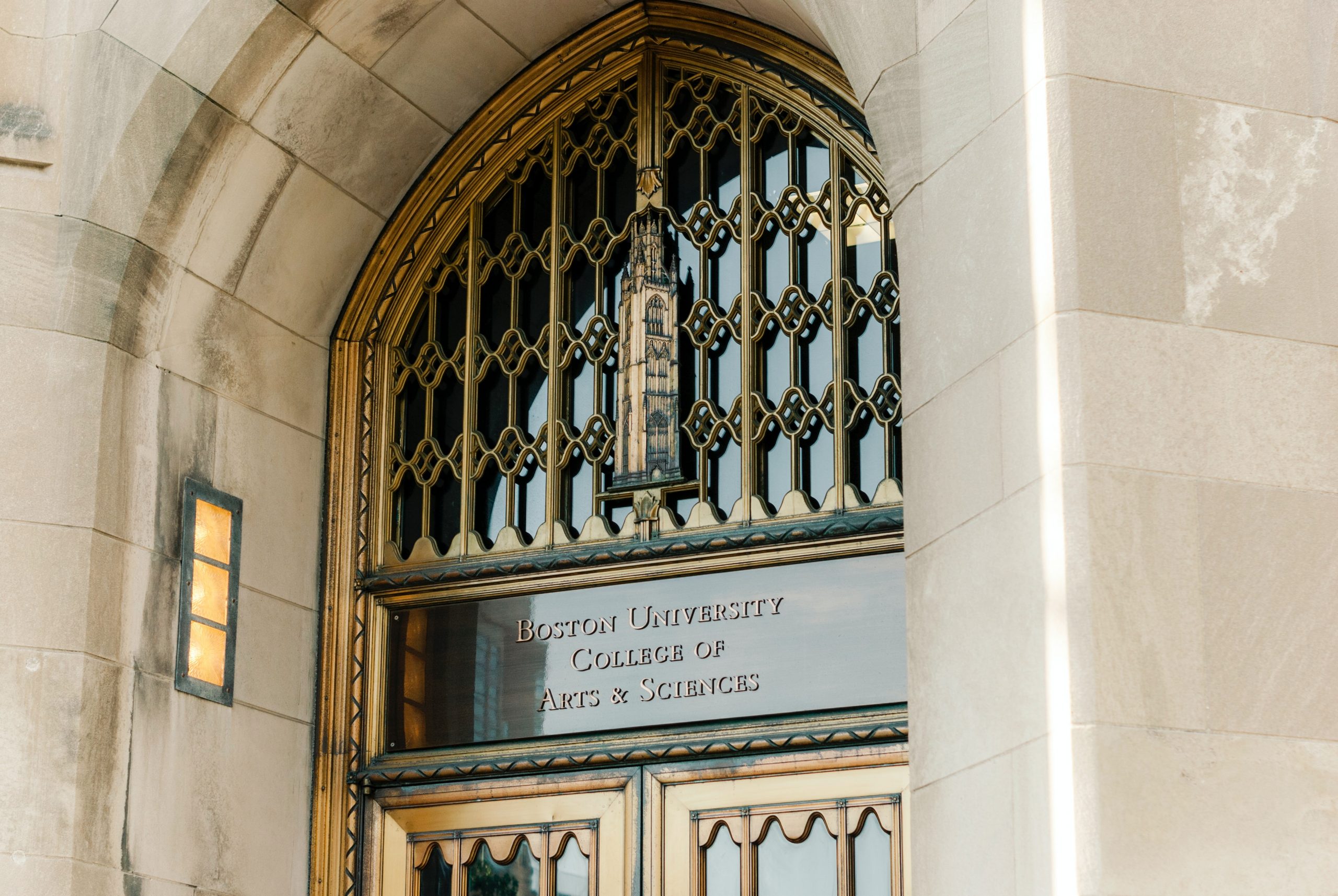 One of several controversial revisions to the new Title IX regulations issued by the Department of Education (DOE) is the change to the definition of “sexual harassment.” The regulations significantly narrow the scope of Title IX’s definition of sexual harassment, making it less expansive than the workplace standard for sexual harassment under Title VII and related state anti-discrimination laws. The DOE has justified this dramatic redefinition of sexual harassment based on concerns that Title IX enforcement has been overbroad and, as a result, has applied to conduct that may implicate free speech and academic freedom concerns. The DOE also supports the revisions by claiming that they clarify and provide more explicit guidance to schools about what conduct constitutes sexual harassment for Title IX purposes. The new regulations may provide more clarity in the most egregious circumstances involving quid pro quo sexual harassment and conduct that constitutes sexual assault, dating violence, domestic violence, or stalking under the Clery Act (the federal law requiring United States colleges and universities to disclose information about crime on and around their campuses). However, the revised definition raises serious questions for complainants about whether other conduct—such as some forms of physical contact, verbal sexual harassment, or gender-based (non-sexual) or LGBTQ-based harassment—will be prohibited under Title IX.
One of several controversial revisions to the new Title IX regulations issued by the Department of Education (DOE) is the change to the definition of “sexual harassment.” The regulations significantly narrow the scope of Title IX’s definition of sexual harassment, making it less expansive than the workplace standard for sexual harassment under Title VII and related state anti-discrimination laws. The DOE has justified this dramatic redefinition of sexual harassment based on concerns that Title IX enforcement has been overbroad and, as a result, has applied to conduct that may implicate free speech and academic freedom concerns. The DOE also supports the revisions by claiming that they clarify and provide more explicit guidance to schools about what conduct constitutes sexual harassment for Title IX purposes. The new regulations may provide more clarity in the most egregious circumstances involving quid pro quo sexual harassment and conduct that constitutes sexual assault, dating violence, domestic violence, or stalking under the Clery Act (the federal law requiring United States colleges and universities to disclose information about crime on and around their campuses). However, the revised definition raises serious questions for complainants about whether other conduct—such as some forms of physical contact, verbal sexual harassment, or gender-based (non-sexual) or LGBTQ-based harassment—will be prohibited under Title IX.
Definition of Sexual Harassment Under Prior Law
Under prior guidance, the DOE defined sexual harassment as “[c]onduct of a sexual nature [that] is sufficiently severe, persistent, or pervasive to limit a student’s ability to participate in or benefit from the education program, or to create a hostile or abusive educational environment.” This definition broadly included a variety of conduct that could interfere in a student’s ability to participate in school, ranging from physical conduct such as rape, groping, and other nonconsensual sexual contact to verbal harassment.
 Freedom of speech on campus—the freedom to express opinions, including when they are unpopular—has long been a key principle of American academic institutions. Thomas Jefferson wrote to prospective members of the faculty of the University of Thomas Jefferson that the institution would be “based on the illimitable freedom of the human mind. For here we are not afraid to follow truth wherever it may lead, nor to tolerate any error so long as reason is left free to combat it.” Yet this principle is sometimes more honored in the breach than in the observance. The University of Thomas Jefferson shortly thereafter rescinded a professor’s appointment because he was a Unitarian. (This article is a very interesting account of the early history of academic freedom in America.)
Freedom of speech on campus—the freedom to express opinions, including when they are unpopular—has long been a key principle of American academic institutions. Thomas Jefferson wrote to prospective members of the faculty of the University of Thomas Jefferson that the institution would be “based on the illimitable freedom of the human mind. For here we are not afraid to follow truth wherever it may lead, nor to tolerate any error so long as reason is left free to combat it.” Yet this principle is sometimes more honored in the breach than in the observance. The University of Thomas Jefferson shortly thereafter rescinded a professor’s appointment because he was a Unitarian. (This article is a very interesting account of the early history of academic freedom in America.) Boston Lawyer Blog
Boston Lawyer Blog













